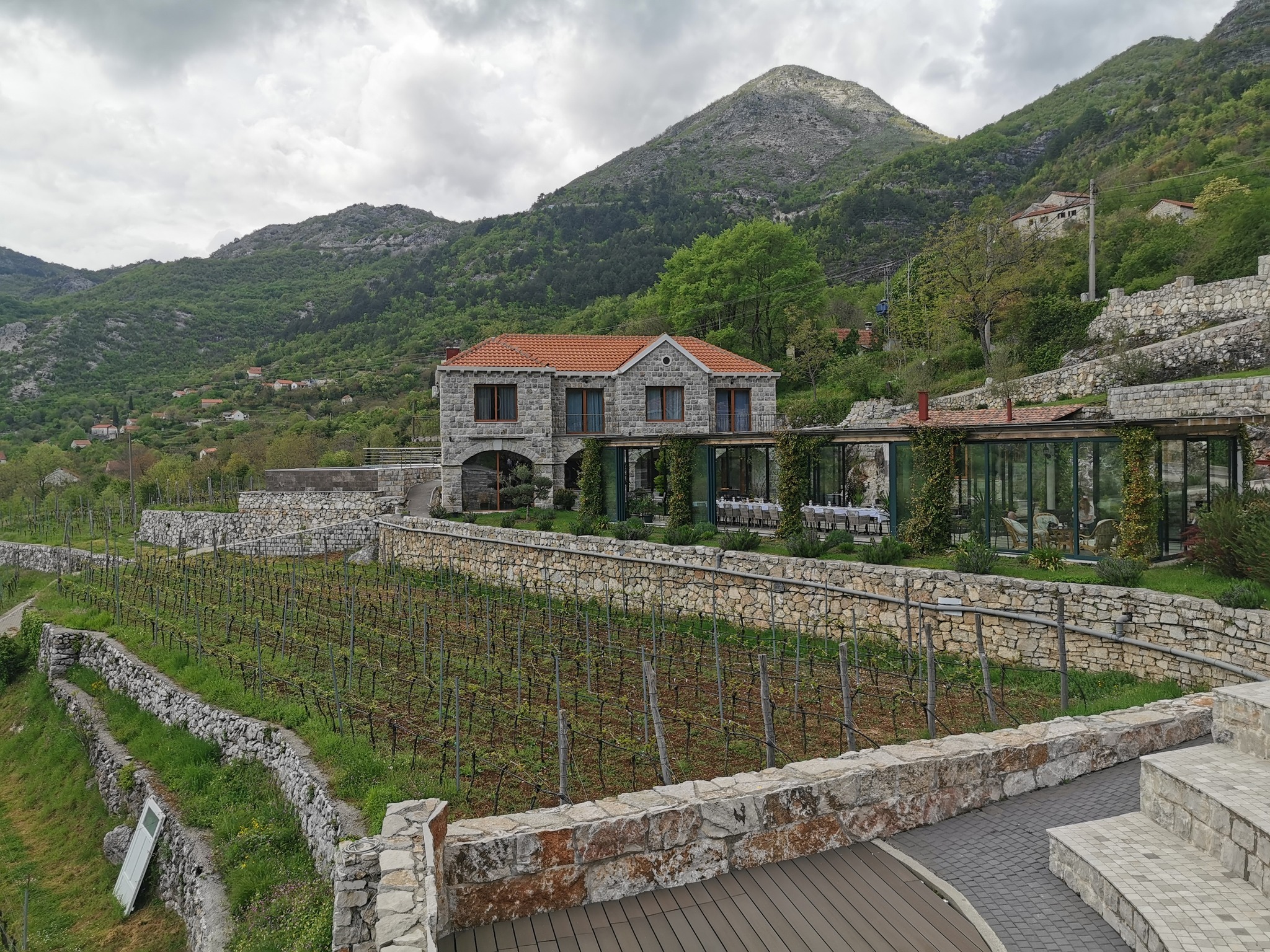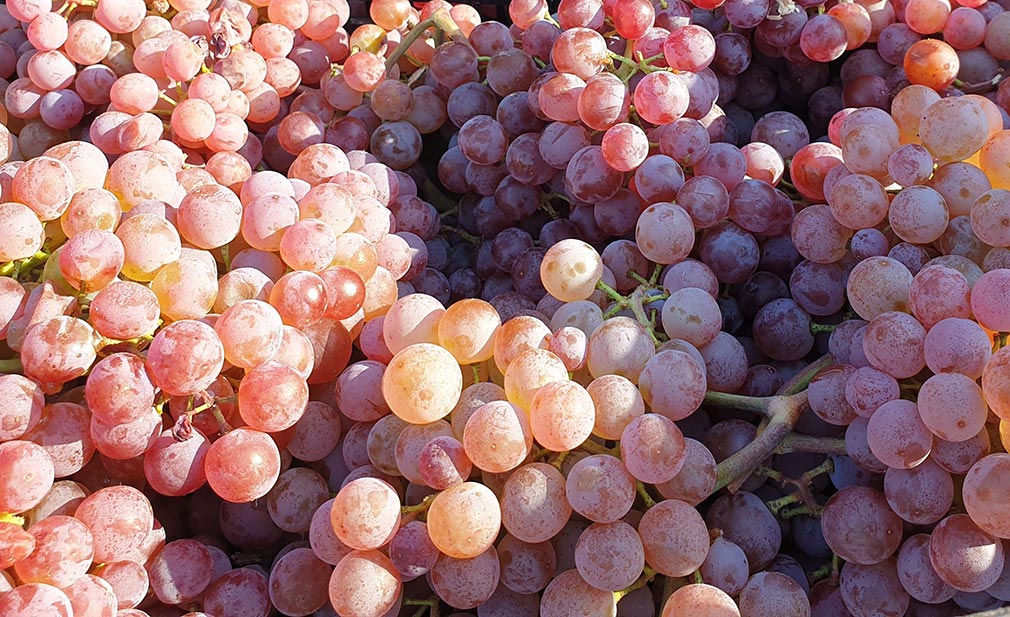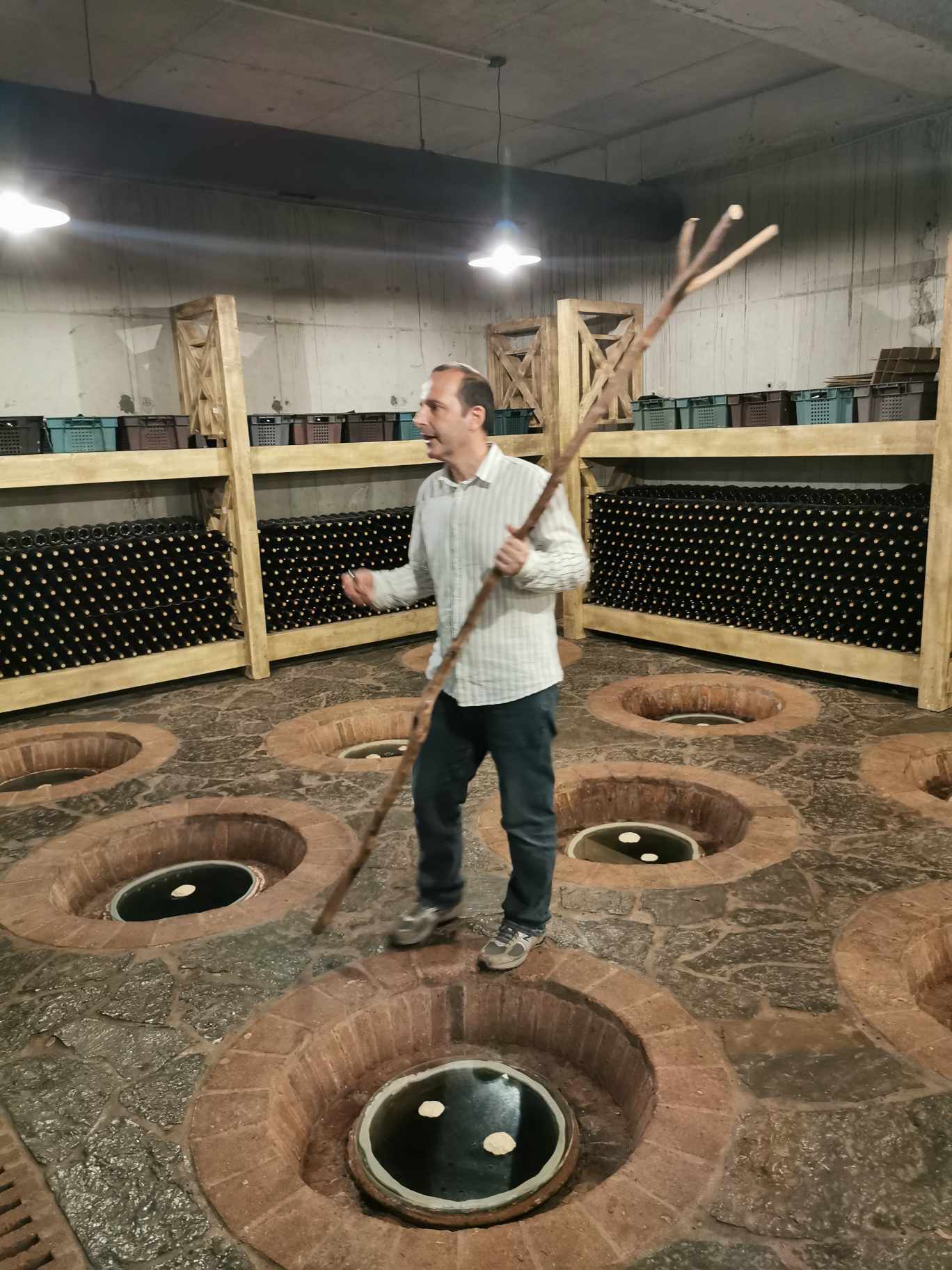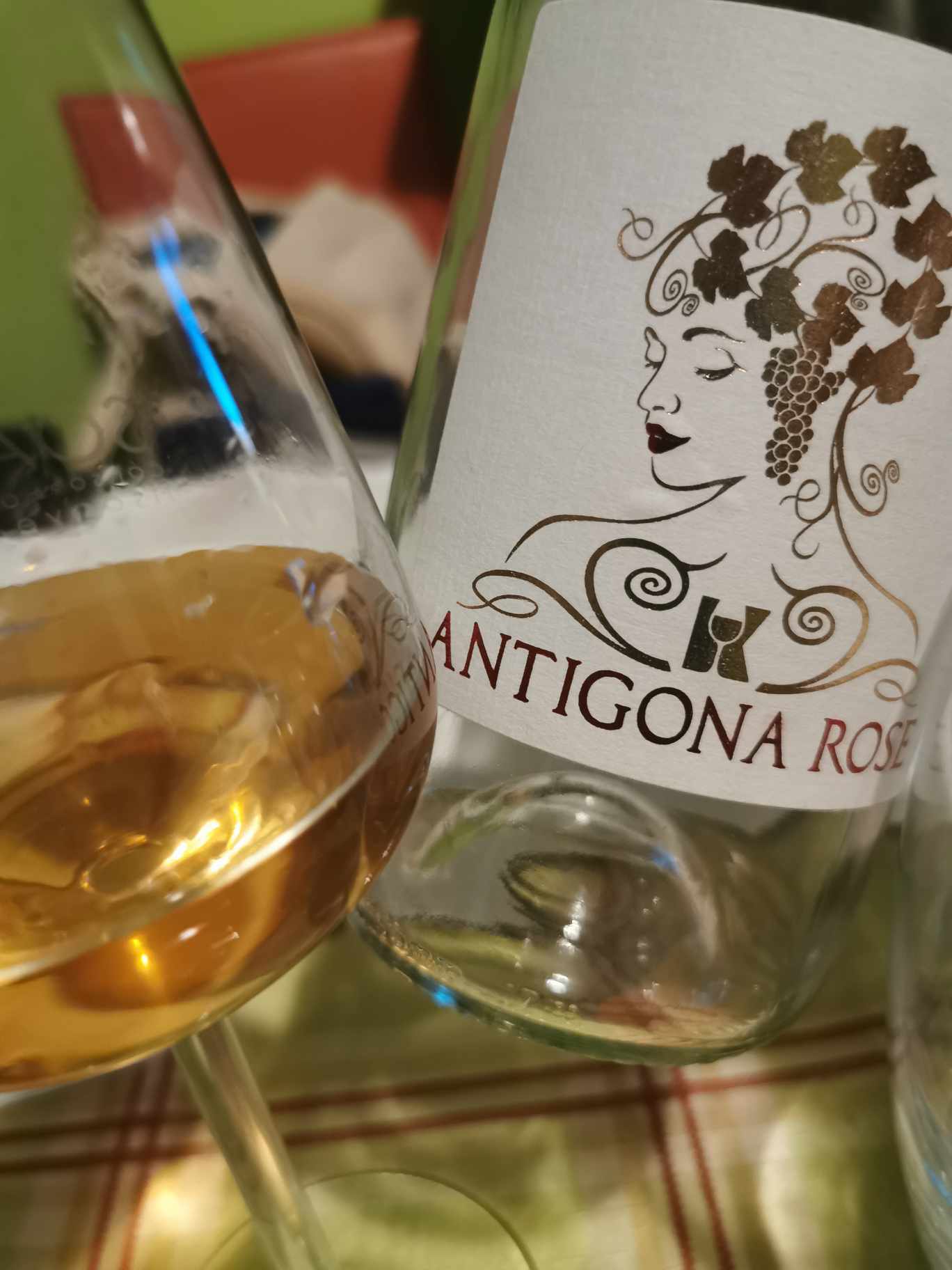News
News / 03/19/2021 / 1552
Vuk Stefanović Karadžić noted the following folk song verses: "An old battleaxe got drunk and surly, I wouldn't regret it if it had been because of any other drink, but it was owing to half an okka of watery apple cider". Although the folk song doesn't mention where that tipsy battleaxe came from, we could assume with great certainty that she lived somewhere in Mačva region (West Serbia). She did not drink wine, fruit brandy, or beer which was becoming increasingly popular in Serbia in the 19th century, but apple cider (known as "jabukovača" in Serbian)!
Jabukovača is a refreshing drink with 6-7% alcohol, known as apple cider nowadays. Historically, the ancient Romans spread the art of cider making throughout their empire, whilst trade routes brought it beyond the borders thanks to Germanic and Norman tribes. In our region, cider is typically made from apples or even from pears, but it is not uncommon to come across a combination of apples and pears as well.

Until the beginning of the twentieth century, apple cider in Serbia was largely produced and consumed in Mačva and Užice region (West Serbia). It is interesting that in other parts of Serbia, there was no tradition of cider making, even in areas that produced a lot of fruit (such as Šumadija). Simply put, cider production spread in areas where it was not possible to produce wine. After all, the role of cider was to replace wine. And it was cheaper than wine. Also, it is assumed that the presence of Austrians in neighbouring Bosnia is responsible for the spread of cider across West Serbia. The Austrians might have passed the recipe for cider to local population when they spotted numerous orchards full of apples. Also, the fact that farm property in Mačva is locally called "majur" (derived from the German word meierei) speaks in favor of these Austrian influences in the region.
On one occasion, Marko Leko, professor of chemistry at the University of Belgrade and the dean of the Great School, carried out a chemical analysis of cider from Mačva in his laboratory. His findings showed that despite good quality of the raw material (apples), storage was a big problem. Locals from Mačva did not pay much attention to hygiene and proper storage of cider (even the lab sample was delivered in a bottle closed with a corn cob piece). Therefore, the cider sample arrived in Belgrade for analysis, cloudy, very sour, but some pleasant fruit aromas could still be detected.

In addition to cider, there was also a low-alcohol drink called Vodnjika made from various forest fruit berries. The fruit from which this refreshing drink could be made at home was wild pear (takiša), wild apple, rose hip, juniper, wild strawberry, hawthorn, dogwood, blackthorn. This low-alcohol fruit drink was also called fruit pickle.

Having arrived in Bosnia and Serbia, the Turks found well-developed viticulture. In the mid-16th century, vineyards existed in 70 villages in the district of Šabac and the suburbs of Šabac (town). The vineyards surrounding the town were all owned by Muslims. The tax of "5 akçe per dunam" was levied on Muslim vineyards, whilst a tithe was levied on wine from Christian vineyards. There was a significant difference between Christian and Muslim vineyards. This was because Muslims in principle did not make wine from grapes. There were a few Muslim vineyards in the villages, but the vineyards in rural areas were predominantly owned by Christian population.
Of the above mentioned 70 villages in which vinegrowing was practiced, 11 villages had Derbendcis status i.e. those were Christian villages whose inhabitants secured and guarded roads and therefore enjoyed certain privileges. Therefore, they paid the annual tithe in a fixed amount, while it is possible to reconstruct how much the other 59 non-privileged villages paid their tithe on wine per year. If we compare income from wine with income from other crops, it appears that income from wine in Šabac region was higher than income from millet, i.e. income from wine was second-highest after income from wheat.
The image of Mačva in the 19th century looks completely changed compared to the 16th century. It can no longer boast of vineyards. There were no vineyards in the wider area around the town of Šabac. Only the local merchant Ilija Rapić had his own vineyard. Even in the yards and gardens in the town, there were few grapevine arbors. The nearest vineyards were located in Ohrid. You are probably already wondering how this is possible, considering that there are many well-known wine regions between Šabac and Ohrid.
However, we're not talking here about the town of Ohrid on the shores of Lake Ohrid in Northern Macedonia, but it refers to the earlier name of today's village of Orid near Šabac. By the way, the village was created by forming households along the Belgrade road in the vicinity of a tavern established by a Macedonian who settled from Ohrid (Northern Macedonia). The village was mentioned as early as 1533 as the timar (feud) of Duke Turalija, and "priest's vineyards" were registered in the village, which brought an income of 130 akçe according to tax records. In Ohrid (Orid), wine was made from grapes harvested in local vineyards, which was subsequently sold in the village tavern. The vineyards of Posavina-Tamnava were adjacent to Ohrid vineyards. They were somewhat greater in size, but still insufficient to supply entire Mačva with wine.
In the village of Dublje, the village priest Jova Ilić also had a young vineyard, and he also planted vines more out of curiosity, just to see if they could thrive in Mačva. The most famous local wine was wine from the village of Krnule, which wasn't produced in large quantity, and at the same time it was quite expensive, so only rich landowners could afford it. There were slightly more vineyards in Pocerina.

So, you are probably wondering what kind of wine the affluent citizens of Šabac town drank. The result of underdeveloped viticulture in Mačva was a constant shortage of wine, especially high-quality wine. Large quantities of wine were imported from other wine-producing regions. Due to proximity, wine mostly originated from Srem, Fruška Gora. However, regular supply was occasionally interrupted due to high water level of the Sava river, due to complicated customs procedures, due to difficulties with transport, etc...
The most expensive wines originated from Negotinska Krajina (East Serbia), and the price was influenced not only by the quality but also by the long distance these wines had to be transported over. Only rich landowners and merchants could afford the so-called "Negotinac", i.e. a bottle of wine from Negotin. Occasionally, wines from other parts of Serbia would arrive, for example from Resava region, but their quality was worse, so they could not achieve a high price or a good reputation.
Mačva region was relatively rich, so the local population was used to eating and drinking well. That is why a huge amount of money was used for import of wines from Srem. Peasants and the poor couldn't afford more expensive wines, but gladly consumed apple cider and fruit brandy (rakija). At a time when vineyard surfaces were shrinking because of phylloxera, the wine was becoming increasingly expensive. There was a local saying that "rakija warms the laborer too much, beer puts him to sleep, they both make him dumb, whilst apple cider gives him strength".
Nowadays, apple cider is again present on the domestic market. Considering that it reappeared among the Serbs thanks to cider producers from abroad, it doesn't keep its traditional name "jabukovača" but it's labelled as "cider". For that reason, younger generations are unaware that cider was once consumed in Serbia. Based on new reputation and trend, even domestic producers of wine and alcoholic beverages have restarted production of cider from Serbia. However, we need to preserve memory of the original apple cider from Serbia that was consumed until 20th century in Western Serbia in the region stretching from Užice to Šabac.

Tomislav Ivanović
Awarded wine writer, wine critic and contributor to selected wine magazines. WSET3-certified author and editor-in-chief of www.vinopedia.rs. Member of Vojvodina Sommelier Association. Juror in national and international wine competitions. Lecturing about wines of Serbia and the Balkans. Local partner of Wine Mosaic organization. Co-founder of International Prokupac Day.

Pročitajte i druge članke iz ove rubrike:


KRATOŠIJA PROBUDILA CRNOGORSKE VINARE
PROČITAJ VIŠE


VINOPEDIA TOP 10 2024
PROČITAJ VIŠE


GIUAANI - VINSKI TURIZAM NA GRUZIJSKI NAČIN
PROČITAJ VIŠE


SPASIMO STARE VINOGRADE SRBIJE
PROČITAJ VIŠE


NAŠLI SMO ANTIGONU IZ ORAHOVCA
PROČITAJ VIŠE
Winner MILLESIMA BLOG AWARD 2016

Pobednik MILLESIMA BLOG AWARD 2016
VINO & FINO wine personality of the year 2016

VINO & FINO vinska ličnost godine 2016